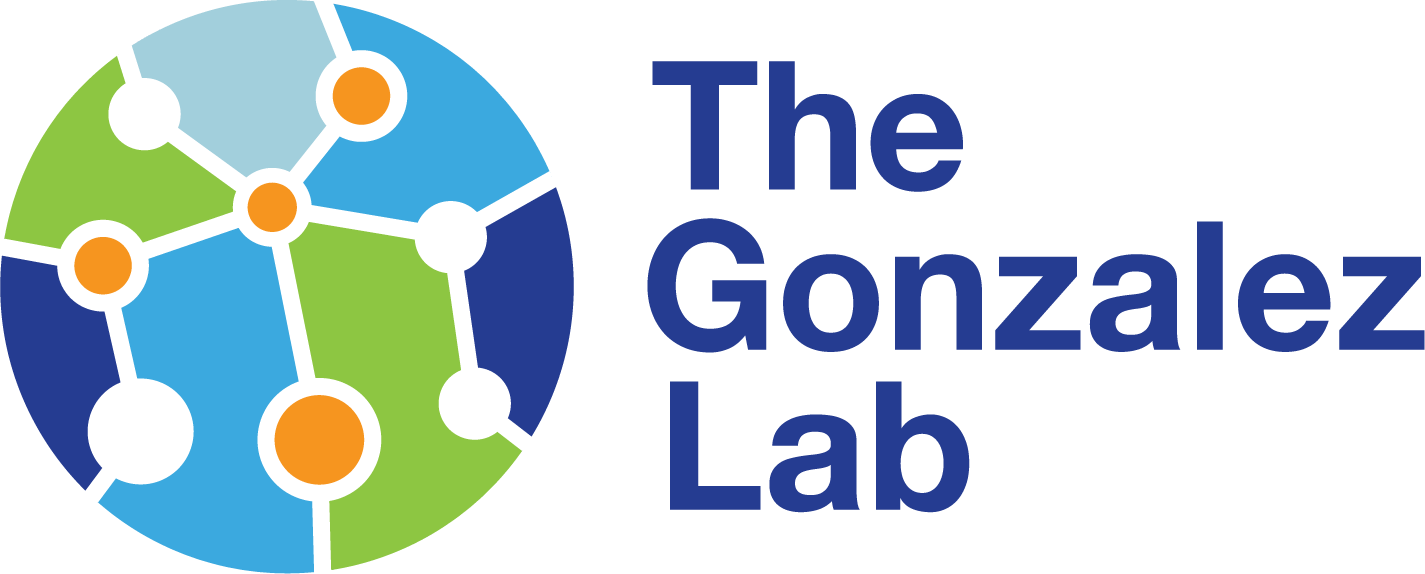Assessing Habitat Connectivity: New Analytical Approaches and Projections Presented at NACCB
I attended NACCB where I gave a talk entitled “Planning for connectivity targets: assessments and projections of connectivity change with scenarios of land use and climate change”.
This was work done with current and former Gonzalez lab members, Jacqueline Oehri, Wenyuan Zhang and Bronwyn Rayfield, with help from the QCBS research professional, Guillaume Larocque.
The Kunming-Montreal Global Biodiversity Framework (KM-GBF) of the UN CBD includes targets that ask countries to assess habitat connectivity and its change over time to inform spatial conservation planning. In response to this need, I presented an analytical approach we have developed that combines several indicators to rapidly assess habitat connectivity change for multiple species and attribute observe change to climate and land use. I showed how we combined this workflow with projections of connectivity change under different modelled scenarios of climate and land use change. For most species we assessed in the south of Quebec, trends over the last decade indicate a decline in effective connected area and metapopulation carrying capacity, in though total habitat area largely remained unchanged.
This arose because although total area loss was not great, large contiguous habitats continue to be fragmented my urban sprawl and private land development. Our projections indicate that these trends will continue until the end of this century. Our results highlighted that trends in habitat area and connectivity are not necessarily correlated and that we have an urgent need to conserve and restore connectivity. We are working to make these methods available to anyone wanting to plan connected protected areas network as a priority to meet targets under Goal A of the KM-GBF.

